An air purifier is an essential device that helps to get rid of indoor pollutants such as dust and mold. Some people are concerned about running air purifiers all day, citing energy use.
That’s why people are wondering how long an air purifier should run a day. In general, it depends on numerous things such as filters, CADR, room size, air displacement, and air circulation.
In general, most air purifiers take half an hour to two hours to purify the entire room completely. You can also run the air purifier for at least a few hours with full throttle and then return at a lower speed to maintain indoor air quality.
 What Does an Air Purifier Do?
What Does an Air Purifier Do?
An air purifier uses filters and advanced air cleaning technology to clean indoor air. It helps to remove contaminants like allergens, bacteria, dust, toxins, and odors so that you can breathe easily. Removing particles mainly depends on the filter you use on the air purifier.
Most AC-powered air purifiers use a fan and a set of filters to capture dust mites, while others neutralize airborne particles without filtering. Besides, you will find Battery Operated Air Purifiers that use advanced technology to destroy germs and pathogens that are harmful to your health.
How Do Air Purifiers Work?
Air purifiers work in four principal ways: capture solid particles through HEPA filter, neutralize contaminants with ionizer, trap odor molecules using activated carbon filters, and break pollutants through UV light. Below we have briefly discussed how an air purifier works.
HEPA Filters
This type of filter works by pulling air into a dense, woven filter to trap contaminants, so they do not float in the air. The HEPA filter of an air purifier can capture up to 99.97% particles of 0.3 microns size. It traps microscopic particles that can cause asthma symptoms.
Activated Carbon Filter
An activated carbon filter captures molecules that generate odors inside the room. This filter can easily remove volatile organic compounds ( VOCs) such as gaseous pollutants and chemicals. Besides, an activated carbon filter helps to absorb chemical vapors.
Ionizer
The air purifier uses an electric charge called the ionizer to neutralize the contaminant. This technology creates negative charges on dust particles to fall into subsequent filters that usually have a positive charge surface.
Ultraviolet Light
UV light is kept at the end of purification, which helps to reduce bacteria, viruses from polluted air passing through the system. It breaks down the molecular structure of germs and pathogens so that they don’t harm your health.
How Long Should You Run Your Air Purifier?
As we have said before, the run time of an air purifier mainly depends on several factors such as the quality of the filter, CADR rating, room size, air displacement, and air circulation capacity.
Basically, an air purifier needs an average of thirty minutes to two hours to clean the air in a room. If you have an air purifier in a room of 300 square feet, then it requires an accurate, (CADR) of 195, and an average Air Changes per Hour (ACH) of 4 that need 15 minutes to purify the air in the room.
So, it’s best to run the purifier longer strictly than required, especially when you have pets or allergies. In addition, you need to keep your air purifier constantly running to maintain fresh air in your room.
 Things That Influence the Run Time of an Air Purifier
Things That Influence the Run Time of an Air Purifier
Here we have explained what factors influence the time you need to run your air purifiers. Let’s see what these are:
Air Changes Per Hour (ACH)
This is one of the essential factors of an air purifier that helps to determine how much time the air purifier needs to run to clean all the air in a room through its filters.
Basically, ACH means the speed of an air purifier. For example, 1 ACH of an air purifier means it will take 1 hour to clean all the air. Also, 4 ACH means the purifier will be required in 15 minutes to clean the entire room.
Clean Air Delivery Rate (CADR)
CADR determines how much air will be cleaned by your air purifier at a time. This parameter mainly depends on the room size. For a 100 square feet room, the minimum required CADR is 65, according to the EPA. However, a higher ceiling room will need an air purifier with a larger Clean Air Delivery Rating.
Types of Filters
Nowadays, most air purifiers come with HEPA filters, but some have activated carbon filters. If the number of filters is much, the airflow on the air purifier will be much more resistant. As a result, the air purifier will require more time to clean all the air in a room. In general, air purifiers with various filters may need 2 hours extra to clean the air.
Is it Safe to Run an Air Purifier All the Time?
Running your air purifier all the time will be safe as the device is built to serve nonstop without any damage. You can even leave your air purifier on all night without having any concerns.
HEPA filters of the air purifiers do not get hot or damaged when the purifier runs for a long time. Besides, some air purifiers have a self-adjusting feature that can sense the air quality and turn on only when it’s required.
When the air quality becomes standard, the purifier returns to a super low-power or in standby mode. This type of air purifier is the most cost-effective to get clean air.
Conclusion
Most people have a misconception that running an air purifier all day is enough to get clean air. But leaving the purifier running continuously will increase utility bills, and the filters will be worn out quicker.
So, you should run the purifier for a certain period that could be best for your room to remove the indoor pollutants. However, through this article, we have provided adequate information on how long you should run your air purifier.
Basically, most air purifiers require 30 minutes to two hours to completely improve the air quality in your room. The run time of an air purifier can be varied according to the factors that we discussed above.



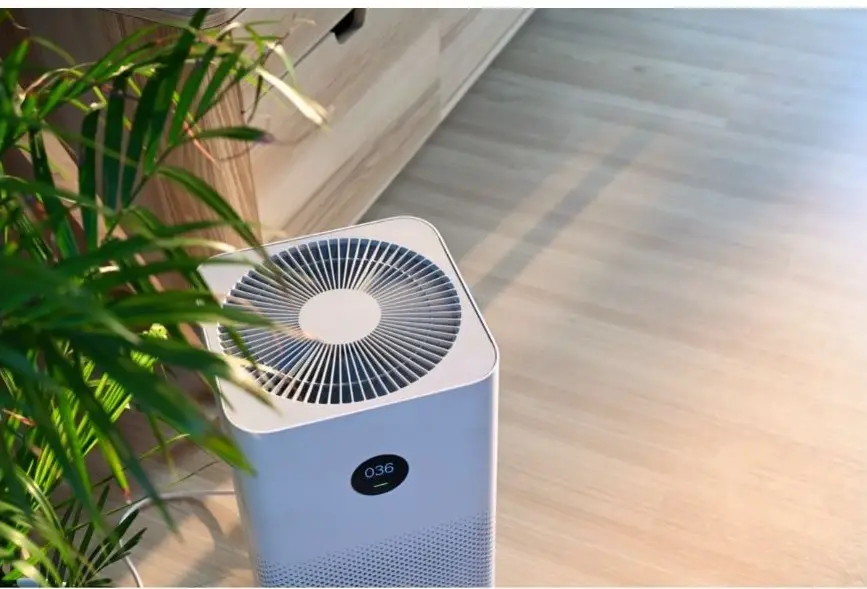





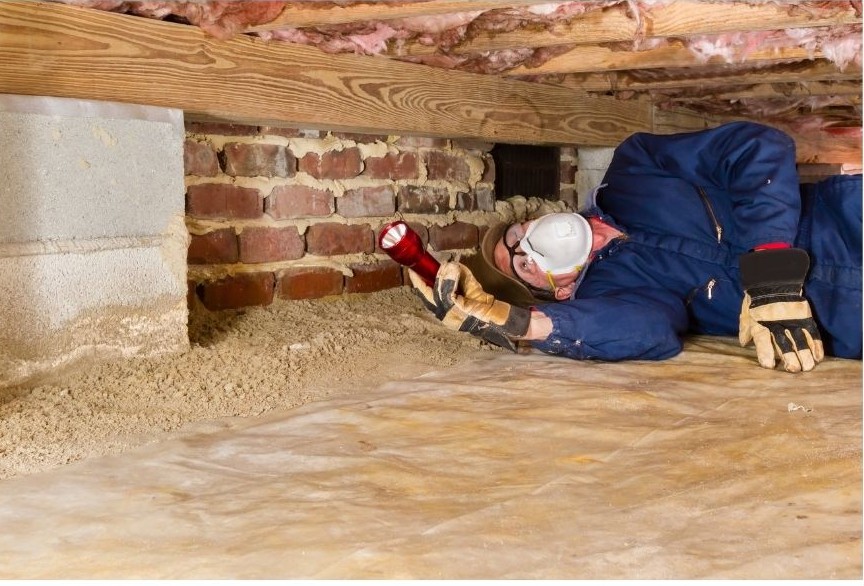






 Supplementing the heat in a room that is not getting enough heat from your HVAC with a space heater is definitely not going to be a money saver.
Supplementing the heat in a room that is not getting enough heat from your HVAC with a space heater is definitely not going to be a money saver.

 Wi-Fi Space Heaters
Wi-Fi Space Heaters
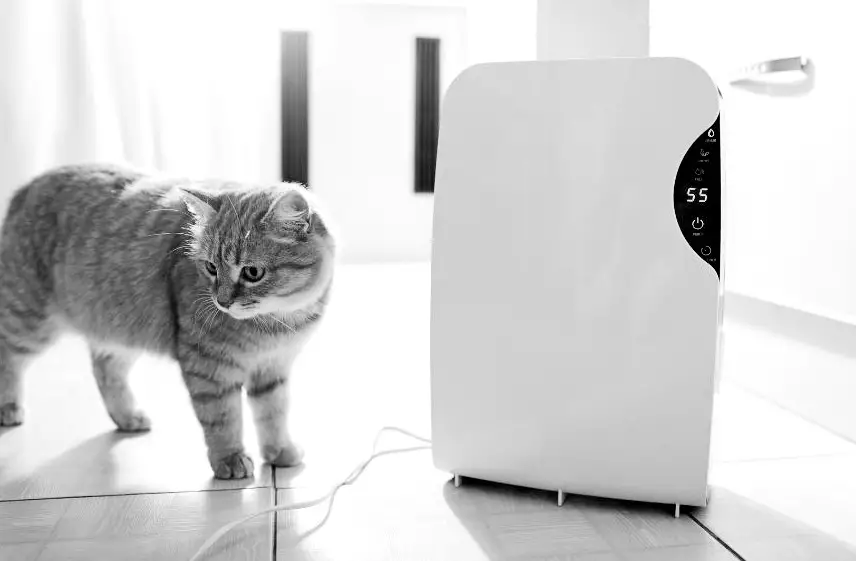
 Do I need a dehumidifier?
Do I need a dehumidifier?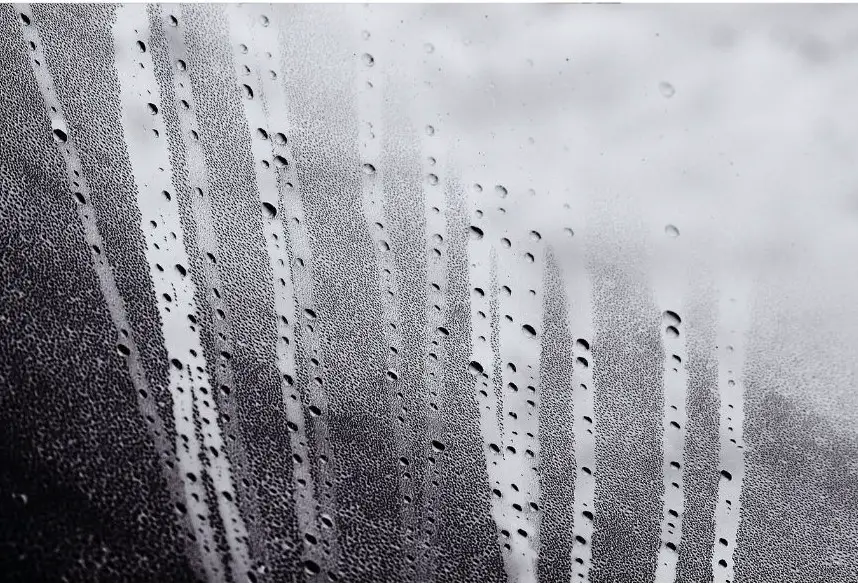 Hygrometer
Hygrometer


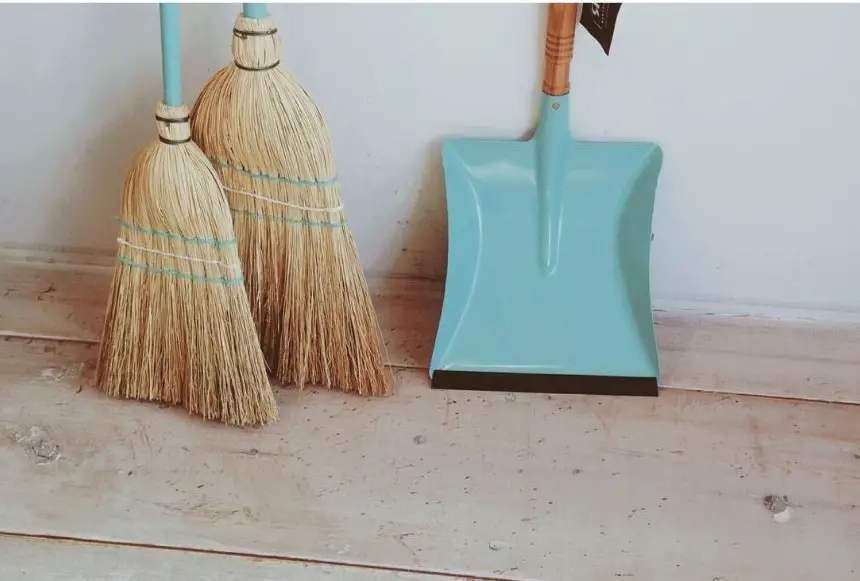 4. Sweeping and mopping
4. Sweeping and mopping 8. Keep the dogs and cats outside
8. Keep the dogs and cats outside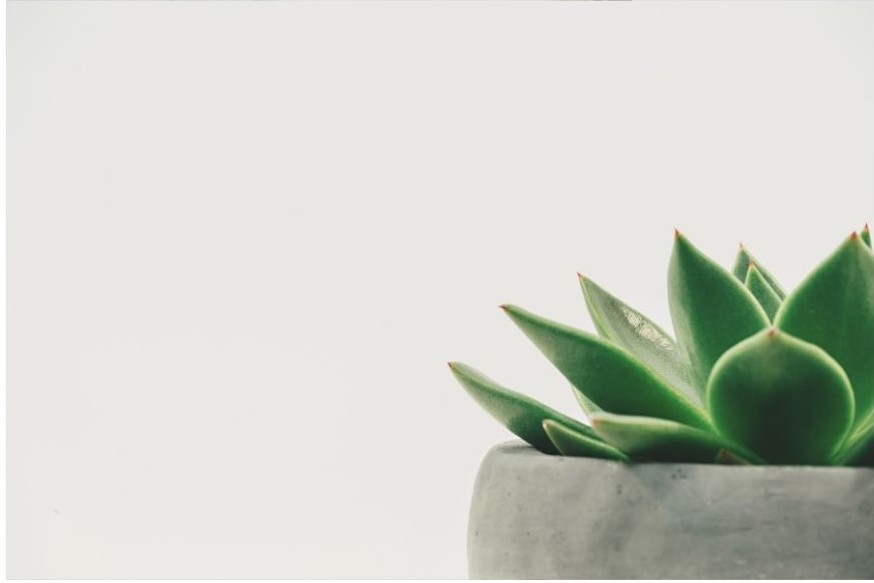 12. House plants
12. House plants We hope you liked our Dusty list.
We hope you liked our Dusty list.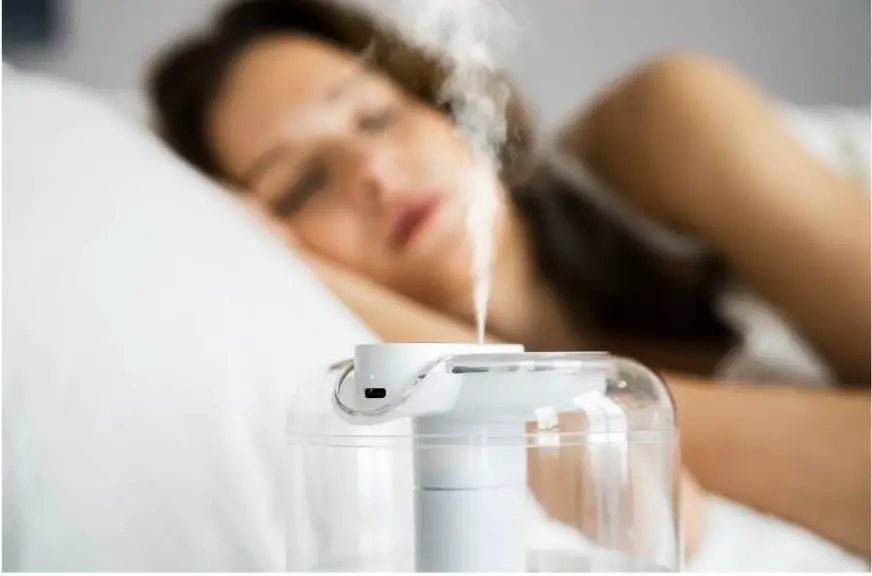




 2. Reduce the evaporation of tears
2. Reduce the evaporation of tears
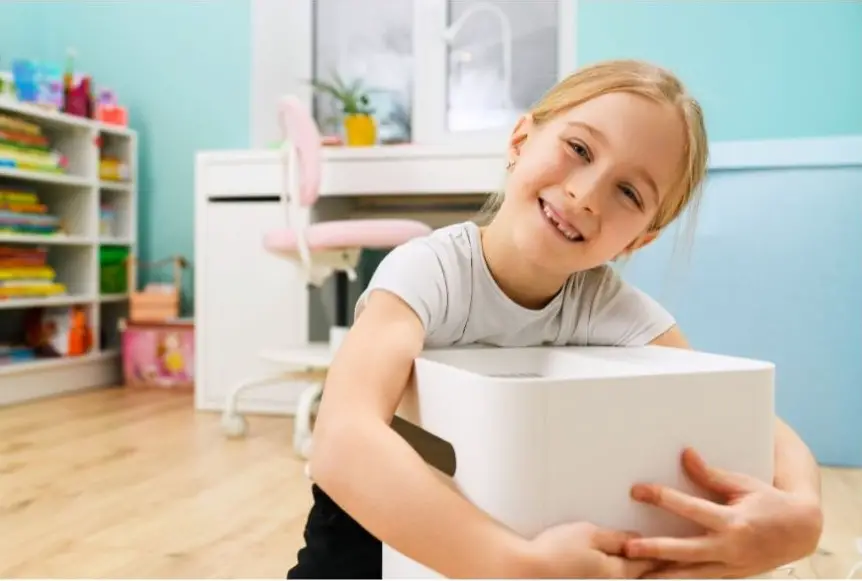
 1.Static electricity
1.Static electricity 4.Extra Dusty house
4.Extra Dusty house
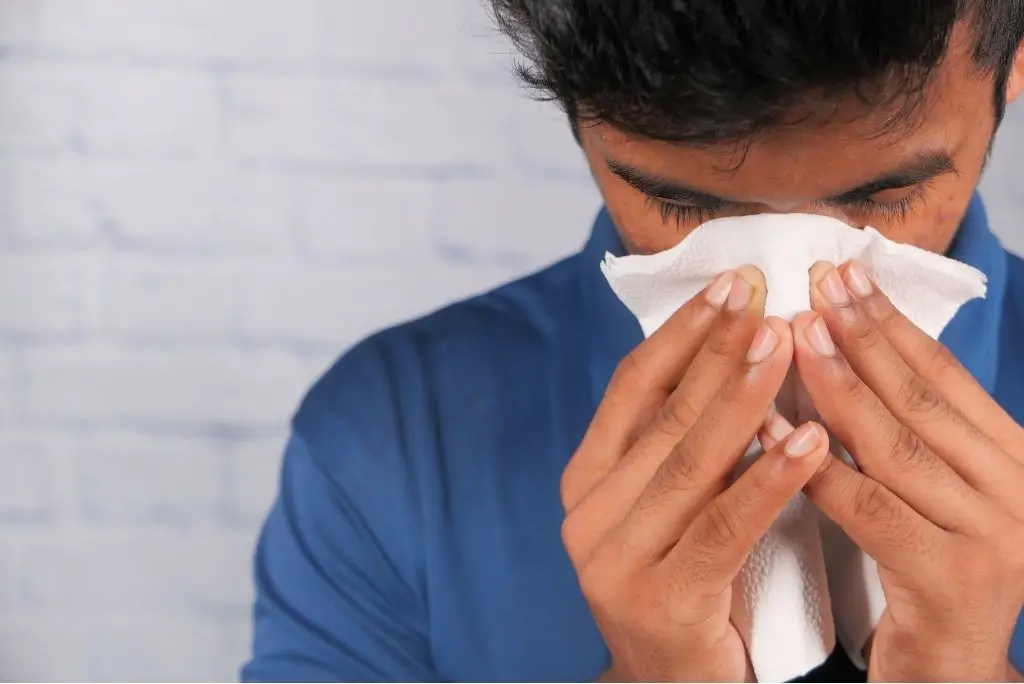
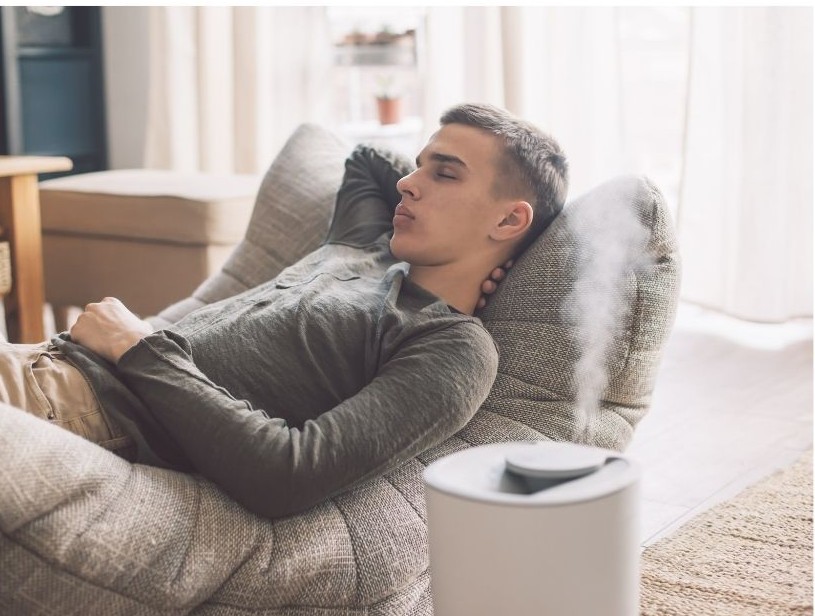
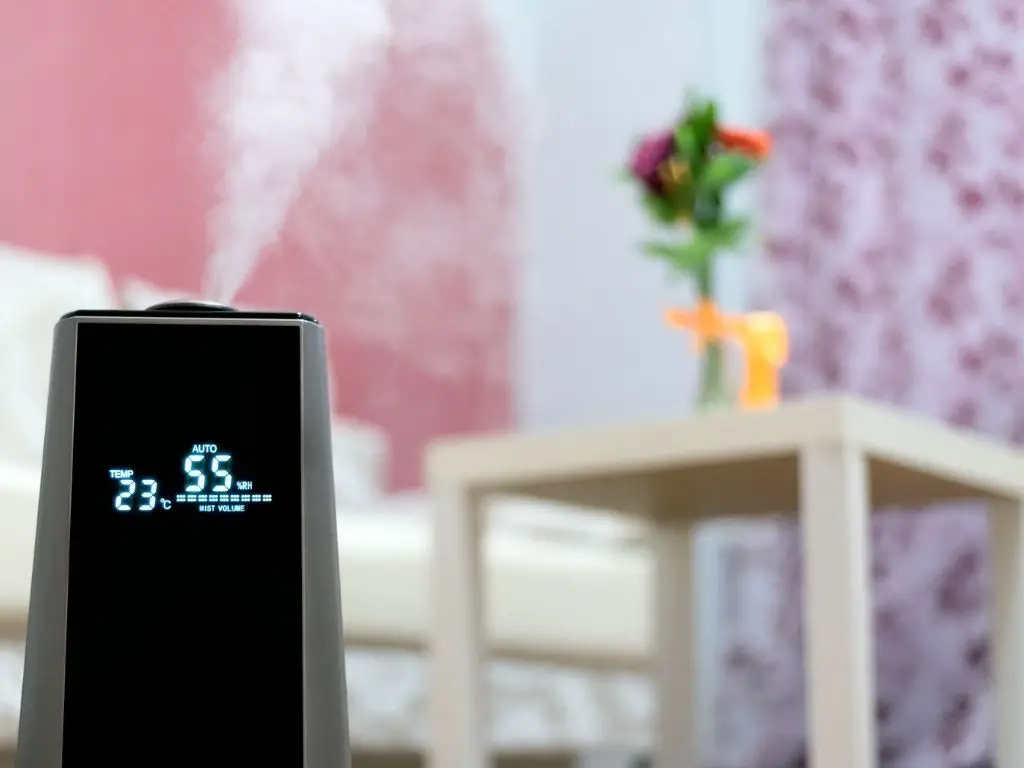 Dehumidifier for Allergies
Dehumidifier for Allergies